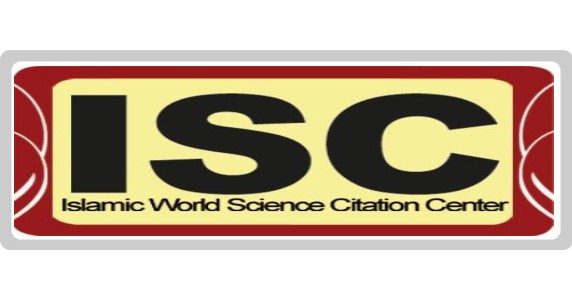Developing a Model of Critical Thinking Disposition with an Emphasis on Executive Functions and Learning Style among Graduate Students
Keywords:
Iraq's Model of Electronic Education, Validation, educationAbstract
Purpose: The aim of this study was to develop a model of critical thinking disposition with an emphasis on executive functions and learning style among graduate students.Methodology: The research method was structural equation modeling. The statistical population of the study consisted of graduate psychology students in the academic year 2019-2020, from which 274 students were selected through convenience sampling. Due to the COVID-19 pandemic, data were collected using electronic questionnaires on social media. For data collection, the following instruments were used: the Critical Thinking Disposition Scale (Ricketts, 2003), the Cognitive Abilities Questionnaire (Vahid Nejati, 2013), the Standard Two-Factor Study Process Questionnaire (Biggs et al., 2001), the Difficulty in Emotion Regulation Scale (Gratz & Roemer, 2004), the Simple Rathus Assertiveness Schedule (McCormick, 1984), the Spirit of Inquiry Questionnaire (Heydari, 2013), and the Communication Skills Scale (Queendom, 2004). Data analysis was conducted using path analysis with structural equation modeling in LISREL 8.8 software.Findings: The findings showed that the direct effect of executive functions on critical thinking disposition was 38%, the surface learning style was -33%, and the deep learning style was 31%, all significant at the 0.01 level. Among the exogenous variables, only the direct effect of the spirit of inquiry was 59% at the 0.01 level, and communication skills were 18% at the 0.05 level, significantly affecting the critical thinking disposition of students. Assertiveness at 14% and emotion regulation at 4% did not have a direct effect on students' critical thinking disposition.Conclusion: In examining the indirect effect of the independent variables, all four variables were effective on critical thinking disposition through the mediating role of executive functions and learning style. Therefore, the impact of all four independent variables on the dependent variable, mediated by the intermediary variables, was confirmed. Finally, the findings indicated that the final conceptual model had relatively satisfactory goodness-of-fit.










